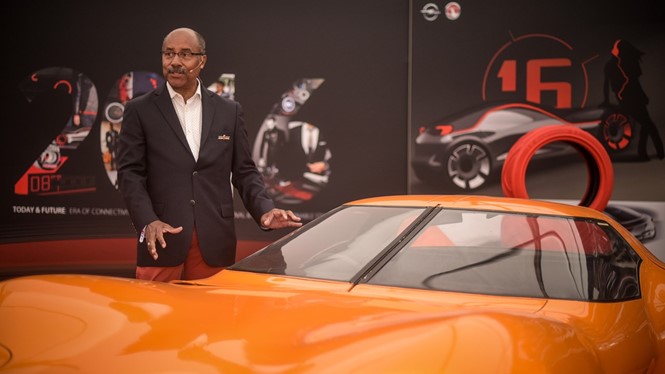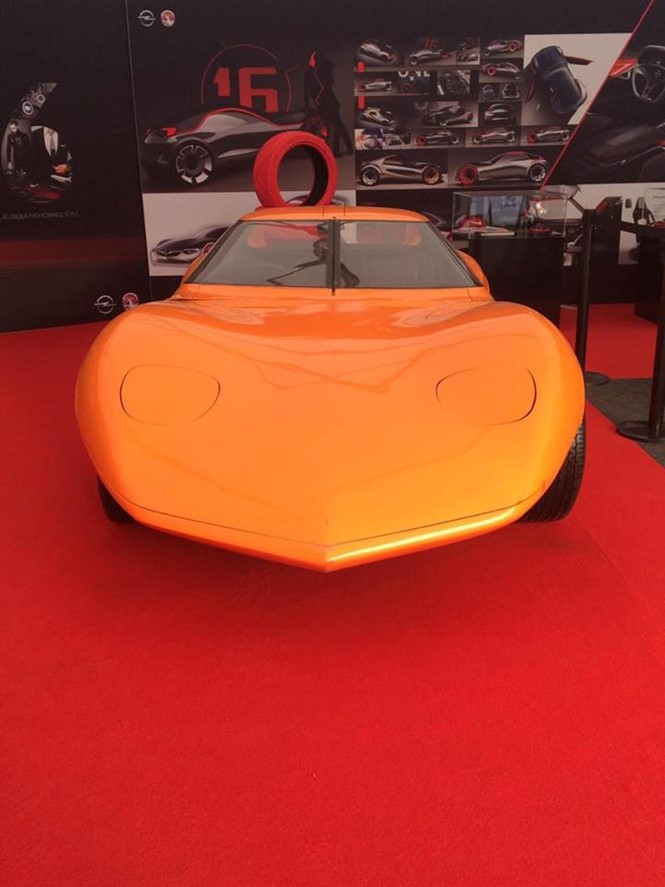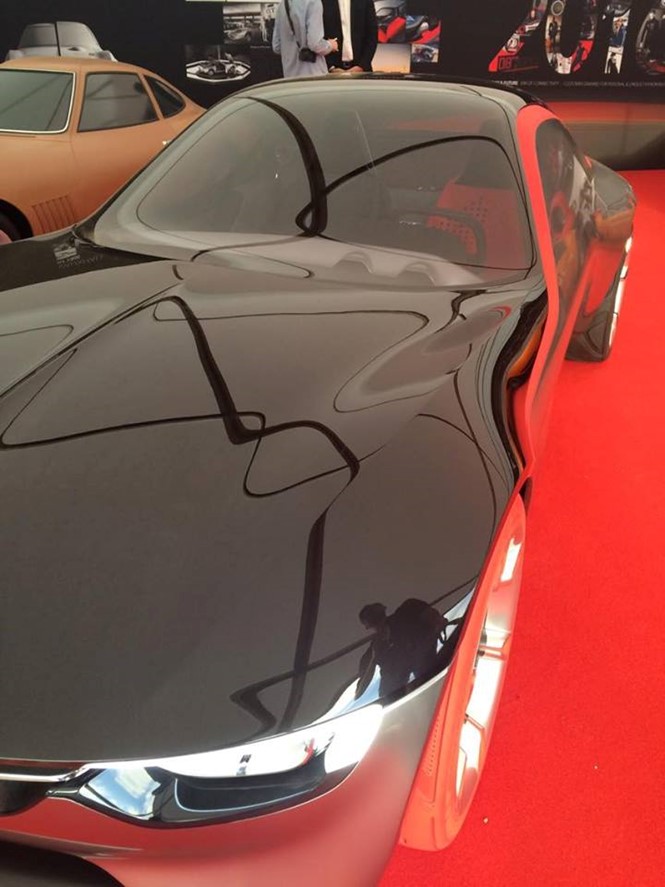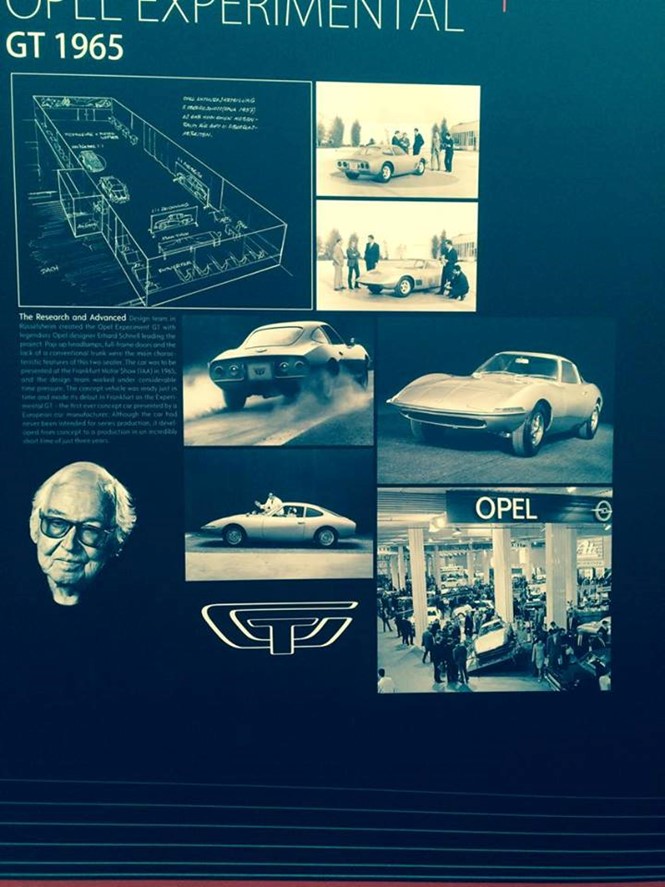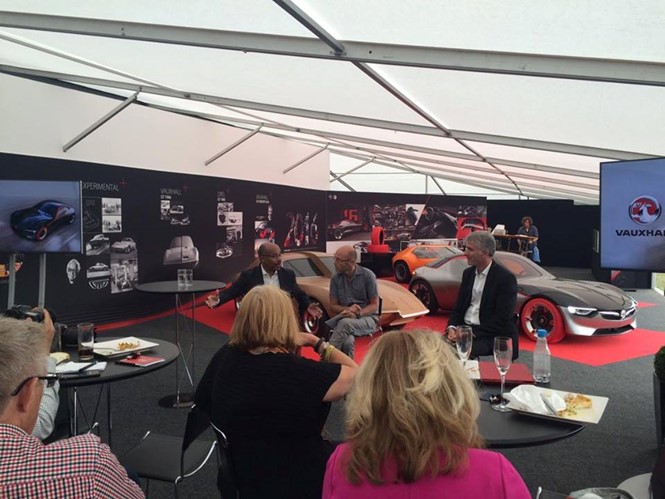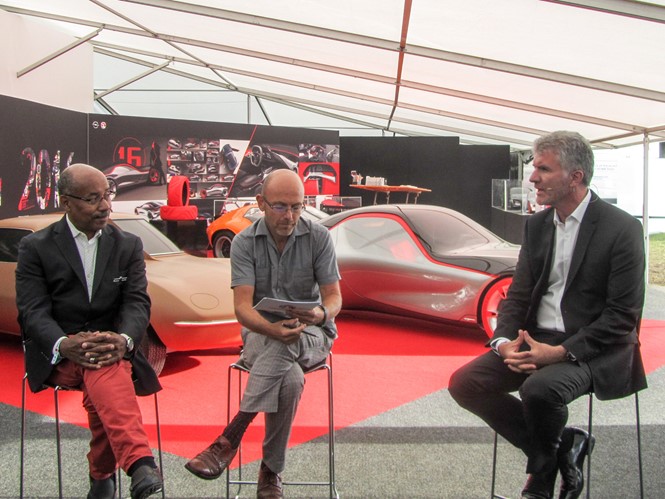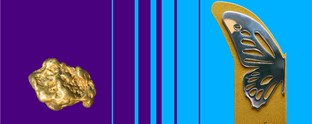Driving a heritage brand
“I have always had the philosophy that everyone should have the opportunity to explore, to dream, to envisage things no-one ever asked for.”
So says Ed Welburn, former VP global design at General Motors (GM), during the first Friday of the 2016 Goodwood Festival of Speed.
Meet the Presidents, an evening event hosted by Vauxhall, showcased an array of concept cars designed by Vauxhall and GM. It also presented a unique opportunity to hear insights into the development of a heritage branding strategy, from two individuals at the forefront of concept car design.
Significantly, it was also the last public appearance of Welburn in the role of VP global design, a position he has held since 2005. This accolade makes him only the sixth VP design in the 102-year history of GM. Alongside Mark Adams, vice president design for Opel/Vauxhall, Welburn reflected on the past half century of car design development – as well as the importance of facilitating future car branding innovation.
For Adams and Welburn, leaving the design studio to embrace everyday life has been integral in ensuring the GM and Vauxhall brands remain fresh. Car design culture does not exist in isolation, and wider design trends and patterns informs past and current car design.
Welburn explains, “Inspiration can come from everywhere. It comes from art, it comes from music, and I love music…I always draw inspiration from that, and from nature, and what’s happening in fashion design, other areas, product design – even just being here this weekend.”
As well as providing inspiration for GM, this year’s Festival of Speed also presented Vauxhall with the opportunity to showcase a clay recreation of a ‘car that might have been’ – the 1966 Vauxhall GT. Described by the designers as ‘concept in action’, photographs of the 1966 Vauxhall GT, or XP 867 in codename, were recently discovered in the archives.
Modelled for the first time at Goodwood, the 1966 Vauxhall GT was created initially to highlight to its parent company, General Motors, the technicalities to which the Vauxhall brand was capable.
The 1966 model also adds a new dimension to heritage branding. The original technological concepts behind the 1966 Vauxhall GT were astonishingly similar to a GT designed by sister company Opel. This model, which went to production in 1969, informs the latest 2016 GT concept – sometimes, the old ideas remain the best.
So new is the latest concept Vauxhall model that it was only unveiled in March; for GM, Welburn’s reputation in creating free-flowing design ideas ensures concept cars remain the pinnacle of its design capabilities.
Yet, the brand remaining relevant to a modern market is not only applicable to state-of-the-art concept models.
Adams is keen to emphasise that Britain’s longest running car brand relies as, if not more, heavily on its reputation for providing comfortable family cars and a safe driving experience.
For Adams, “Design should always be about progressing forward and being new and different and fresh” – and this is the value proposition of Vauxhall. It doesn’t matter if new designs are for concept cars, or more regular everyday driving – to Adams, the smaller cars often carry with them the most pressure. He says, “You have the fuel economy, the packaging, the cost, the feasibility – everything has to be down at a value proposition so tight it’s on a knife edge.”
This is perhaps why the Vauxhall brand has become ubiquitous with a level of trust. It holds the title of Britain’s longest-running car design company – which may not have been the case if it invested only in its concept branding.
And, for all the vintage inspiration which creeps into every level of Vauxhall car design, keeping ahead of the curve is something both GM and Vauxhall pride themselves on.
For Adams, both Vauxhall and Opel are consistently careful to avoid pastiche. Instead, each company takes the best elements of retro and ensures it complements a forward-thinking automotive concept.
This is clear, even despite both Adams’ and Welburn’s self-confessed penchant for cars designed during the 1960s. Both agree that General Motors produced some of its best car designs during this decade. However, embracing the designs of global-minded and diverse employees is also paramount to drive future success.
Adams says, ““For me, the 60s had some of the purest, most sculptured, wonderful cars. A key thing we wanted was bring back some of that simplicity and beauty the cars had then, but I was very specific with my team – we’re not bringing retro design cues into this car, because it’s so out of context.”
He continues, “1965 and 2015 – they’re just worlds apart in terms of technology. We need to reinvent the GT. We need to have some of that simplicity and some of those beautiful sculptural shapes – but do it in a very modern way.”
“We should not confuse retro with building on the great strength and great history of a brand,” agrees Welburn – and from the array on display at Goodwood, it doesn’t seem as though GM or Vauxhall is any danger of making this mistake.
As a heritage brand, Vauxhall harbours significant strengths. Creating cars of such design longevity that they’d fit into any decade of the past 50 years is just one of them.

